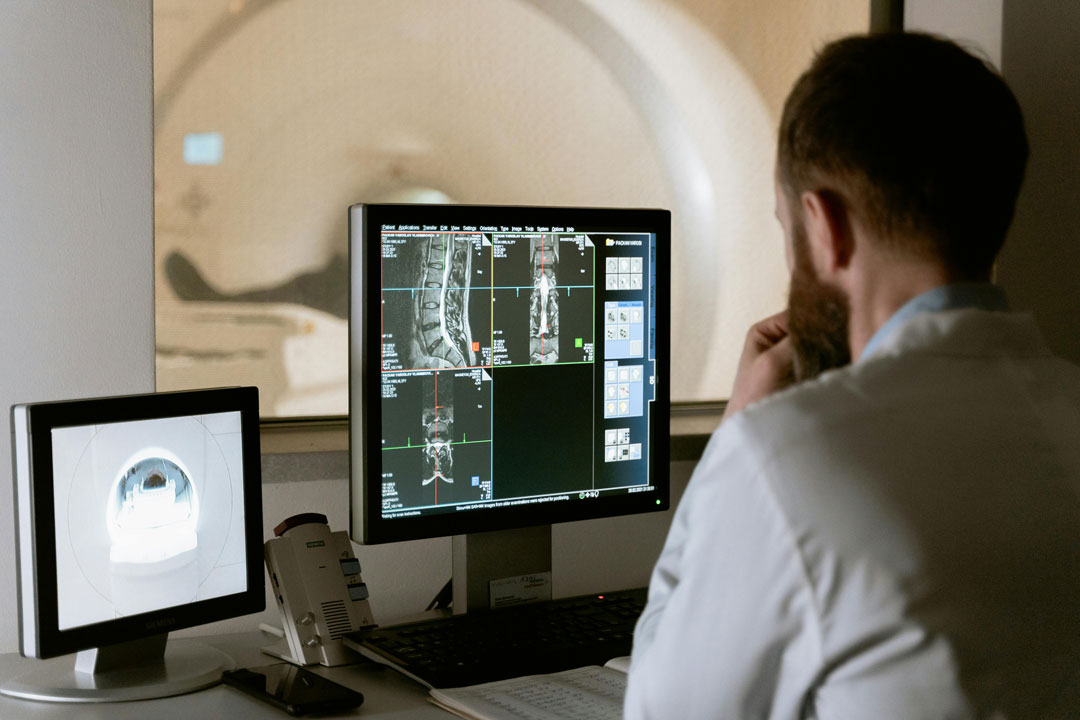Radiology workflow management is one of the most crucial aspects of imaging practices. Nowadays radiology plays a vital role in healthcare, aiding in the diagnosis and treatment of almost all medical conditions. It can be complex and multifaceted, requiring careful management and attention to detail.
In the past, the workflow of a radiology department operated as a closed system, where paper-based imaging orders were received and delivered in the same format to clinicians. However, the introduction of Radiology Information Systems and PACS has revolutionised this fundamental process. Now, the immediate availability of images and the ability to access them anytime and anywhere have become integral aspects of modern radiology departments.
The Main Function of Workflow management
Workflow Management or (RIS) has become the central database for imaging departments, enabling them to store, manage, and share data generated in radiology departments and diagnostic imaging centres. It streamlines daily operations like patient registration, scheduling, order tracking, billing, and reporting, to name a few. RIS greatly simplifies collaboration between radiologists and physicians as well as between administrators and medical workers. From checking in the patients to performing the actual study, numerous steps must be coordinated seamlessly to ensure efficient workflow and accurate results.
Some key features essential for Workflow Management are:
Patient information management (registration, scheduling, tracking)
The process starts with a healthcare provider sending a patient for imaging. The radiology inputs the patient’s clinical information for the proceeding steps.
Scheduling
The radiology department then arranges the appointment with the patient.
Patient Check-in
When patients arrive at the radiology department, they are kindly asked to provide their personal and insurance information, sign consent forms, and address any relevant questions.
Preparation
Preparation requirements may vary depending on the imaging procedure. Patients might need to fast before certain scans or ingest contrast agents to enhance the visibility of specific structures.
Image Acquisition
This is the stage where the imaging data starts its journey. The radiology tech captures images of the specific area of interest for the patient.
Image Interpretation
The acquired images are then transferred to the radiologist who meticulously reviews the images to identify and analyse any abnormalities or relevant findings. They compare the images to previous studies if available, leveraging their expertise to arrive at accurate interpretations.
Reporting
Radiologists generate detailed reports summarising their findings, impressions, and recommendations. These reports serve as crucial diagnostic tools for the referring healthcare providers.
Communication of Results
The referring healthcare provider communicates the radiology report to the patient. They might discuss the findings, explain the diagnosis, and recommend appropriate treatment options. Effective communication ensures that patients understand their results and are actively involved in their healthcare decisions.
Billing
RIS systems provide detailed financial record-keeping and process electronic payments and automated claims.
The integration of these features results in a comprehensive radiology information system that effectively supports all operational processes.
- Keep up with the novelties of MiNNOVAA at :
